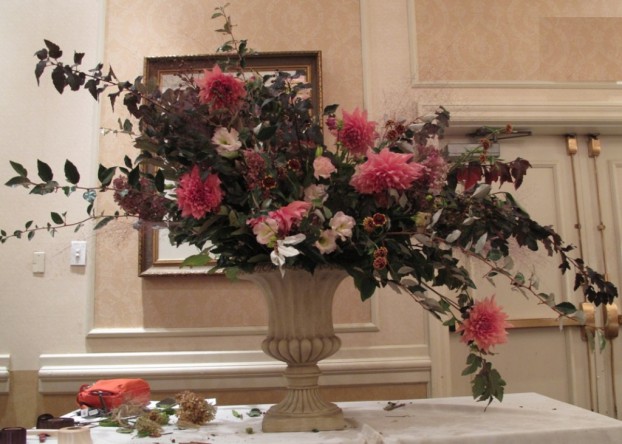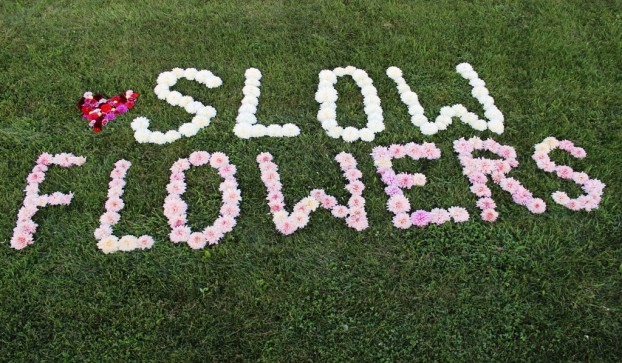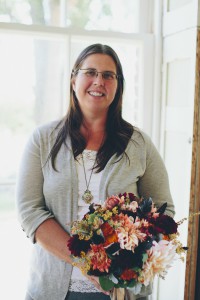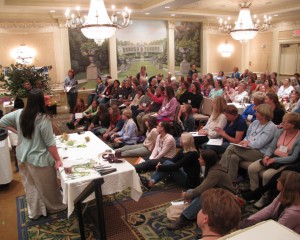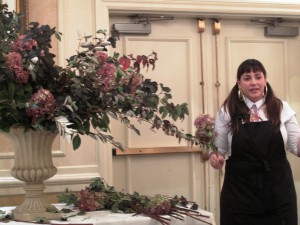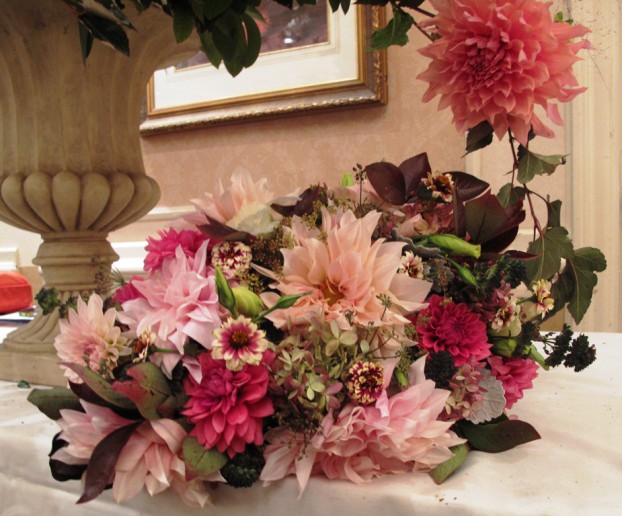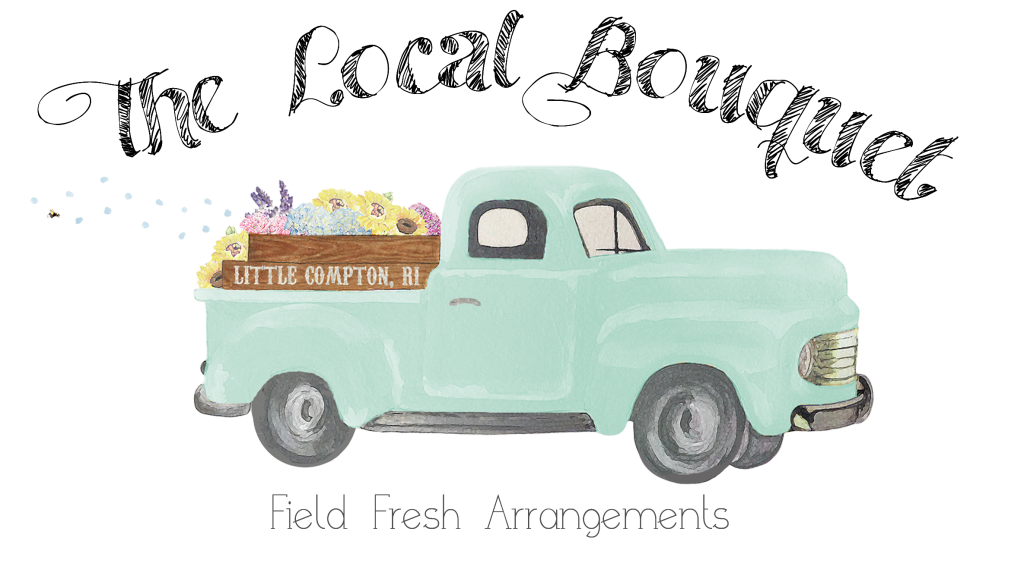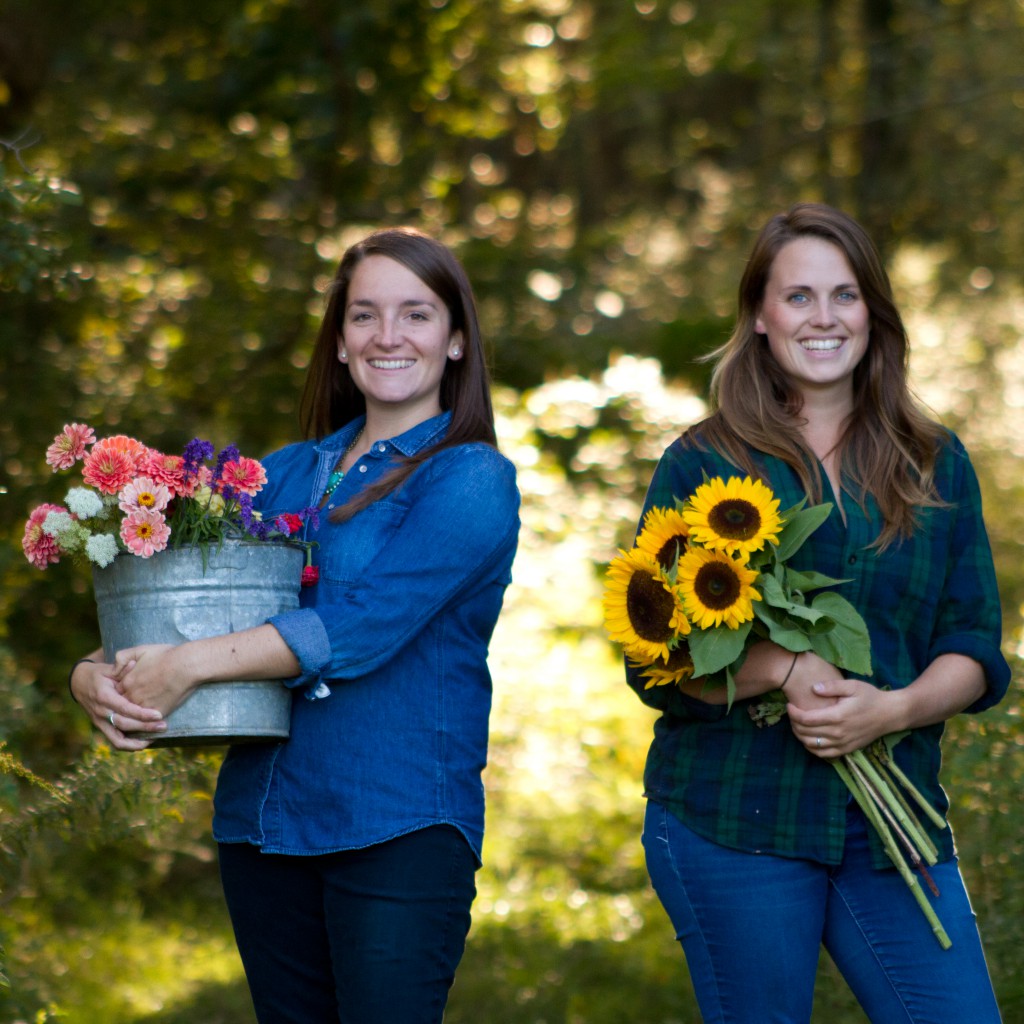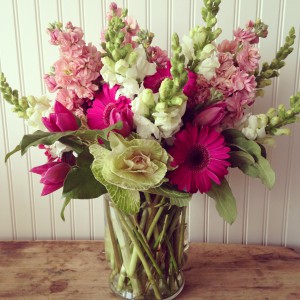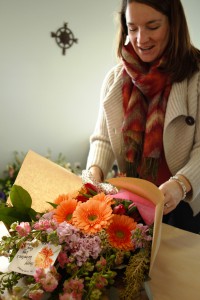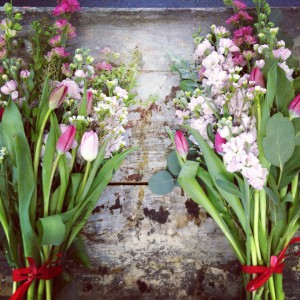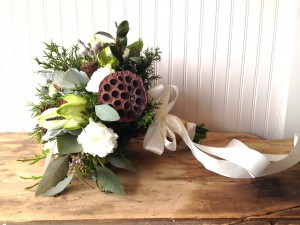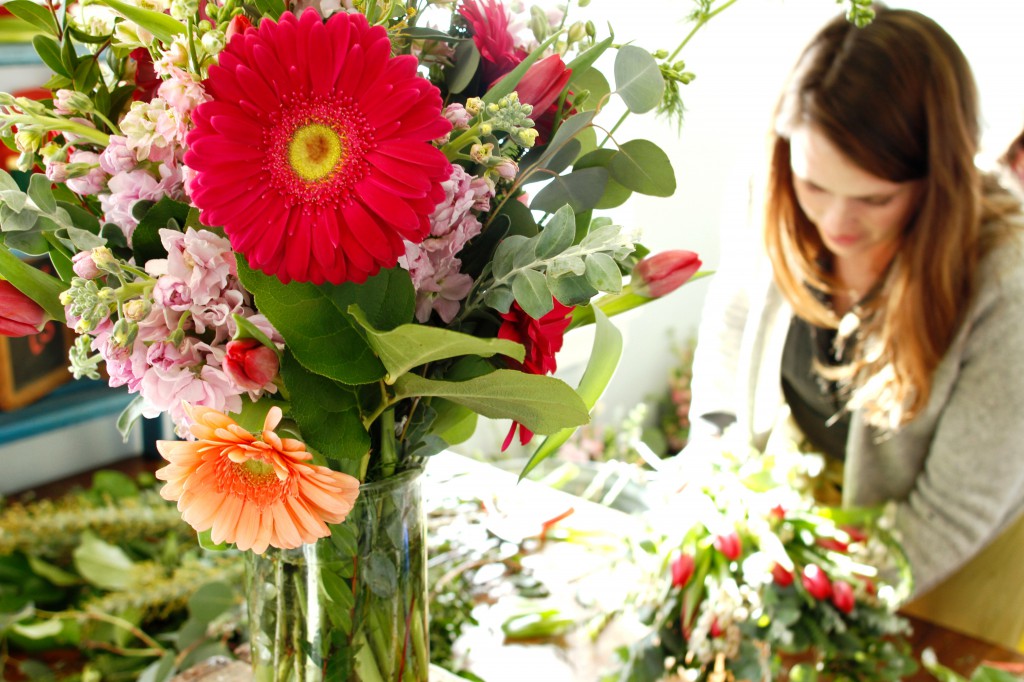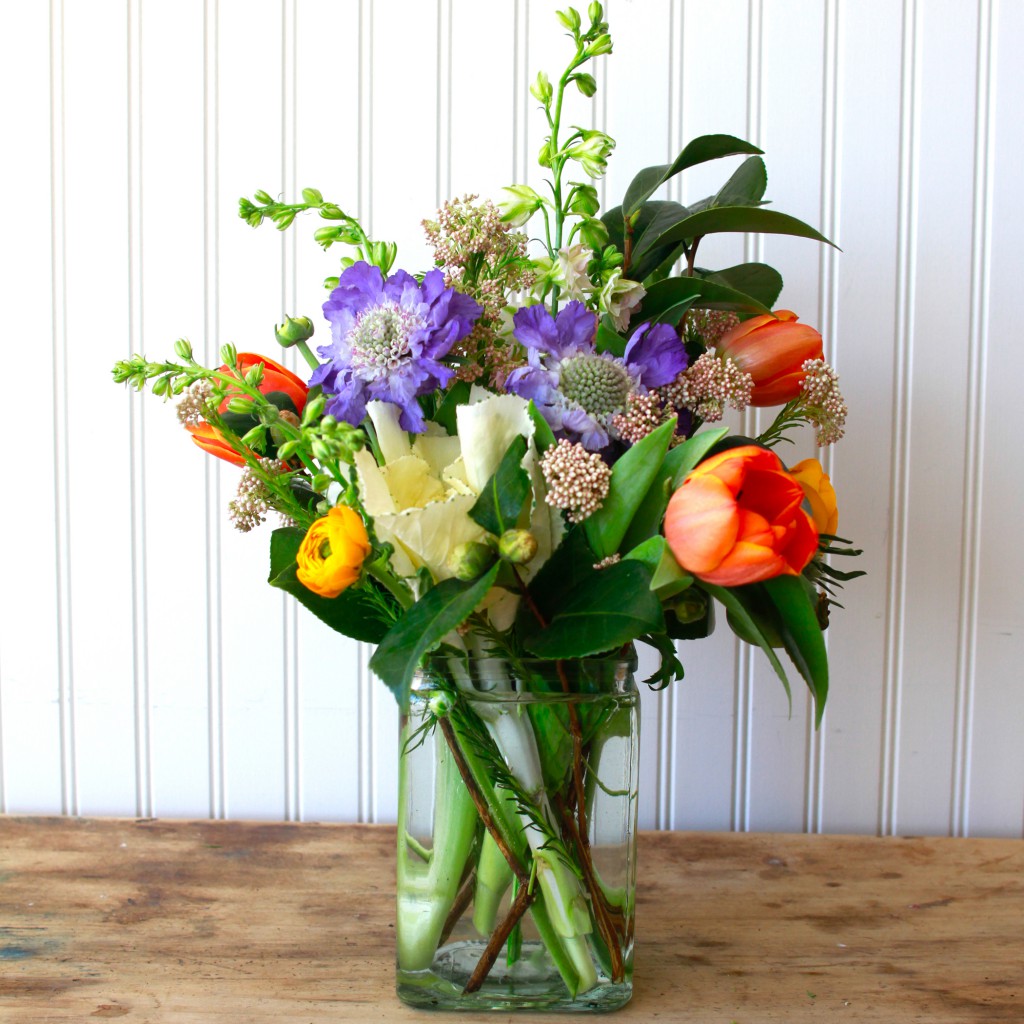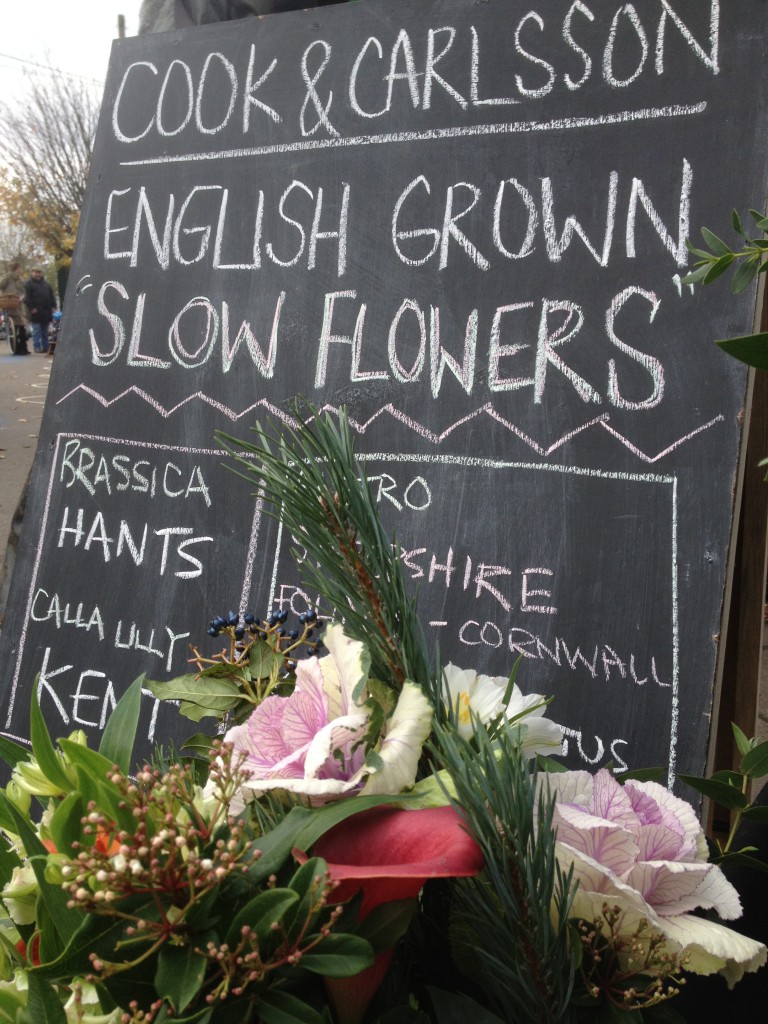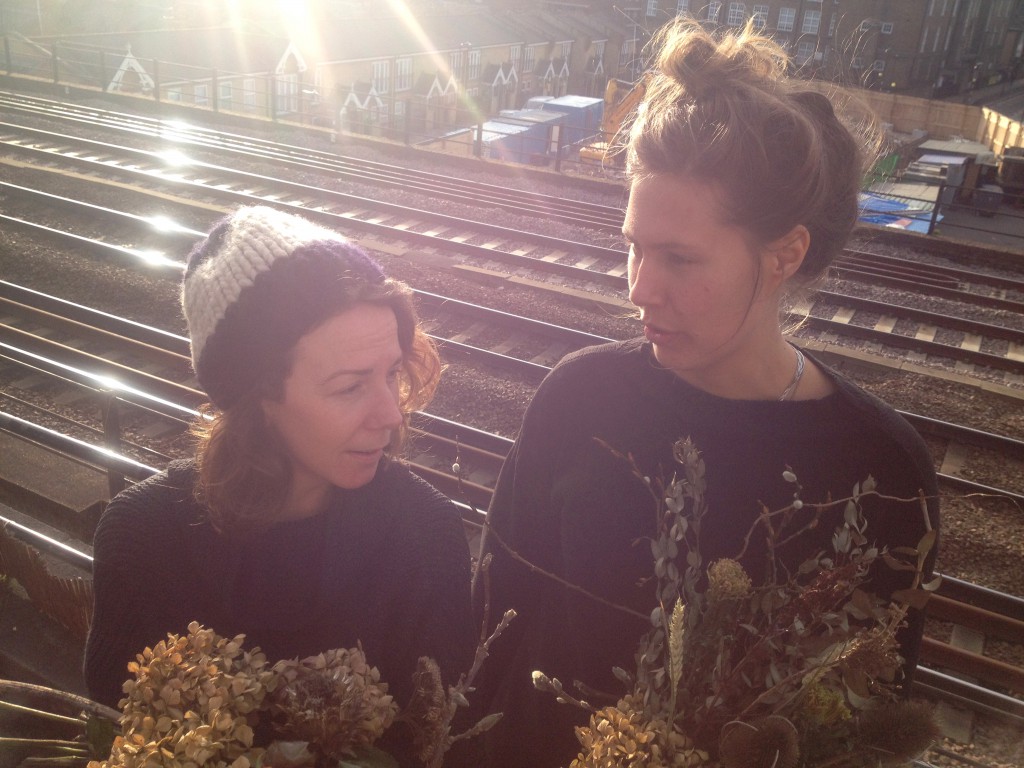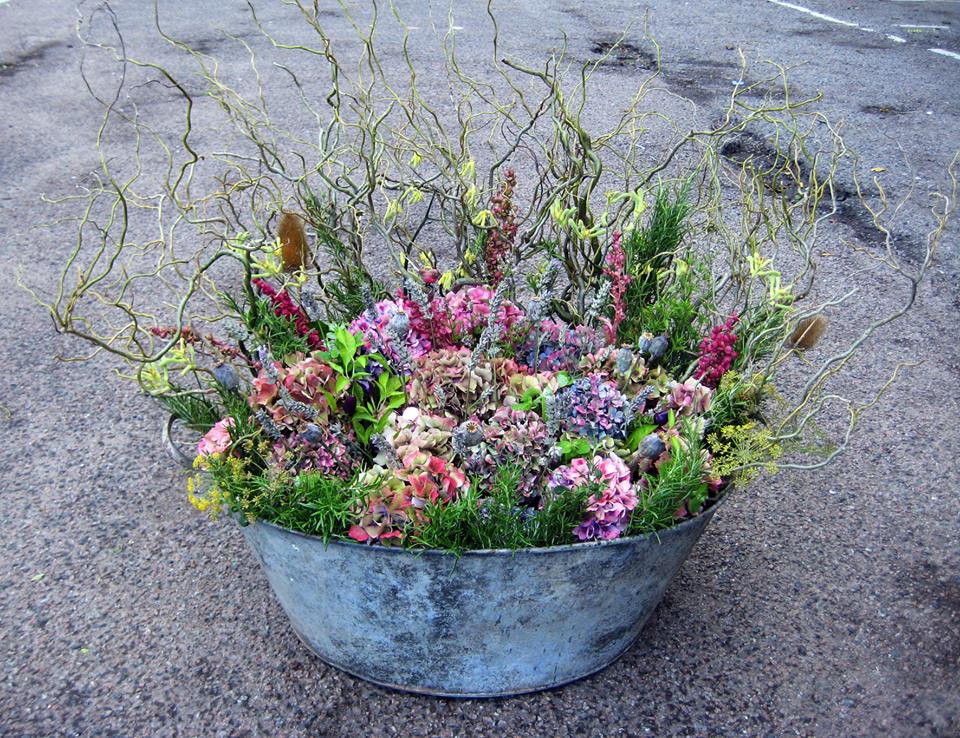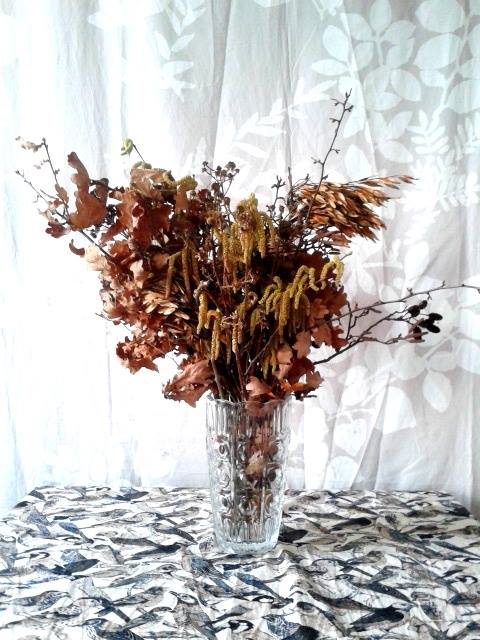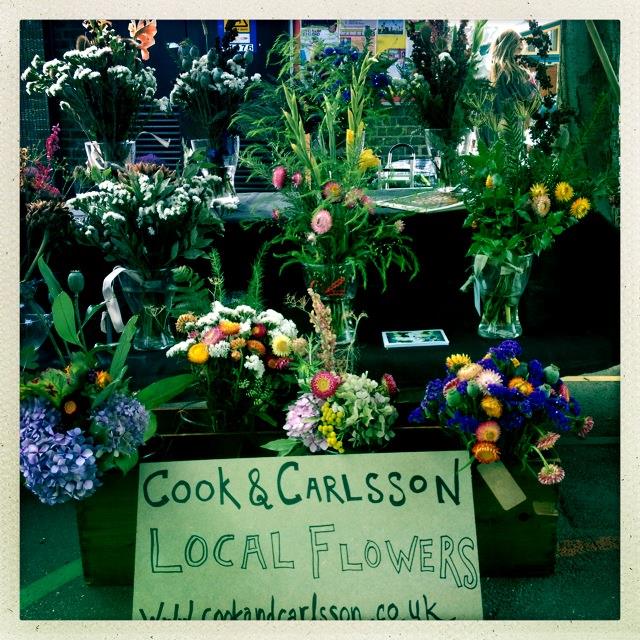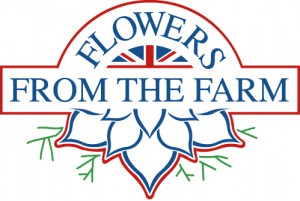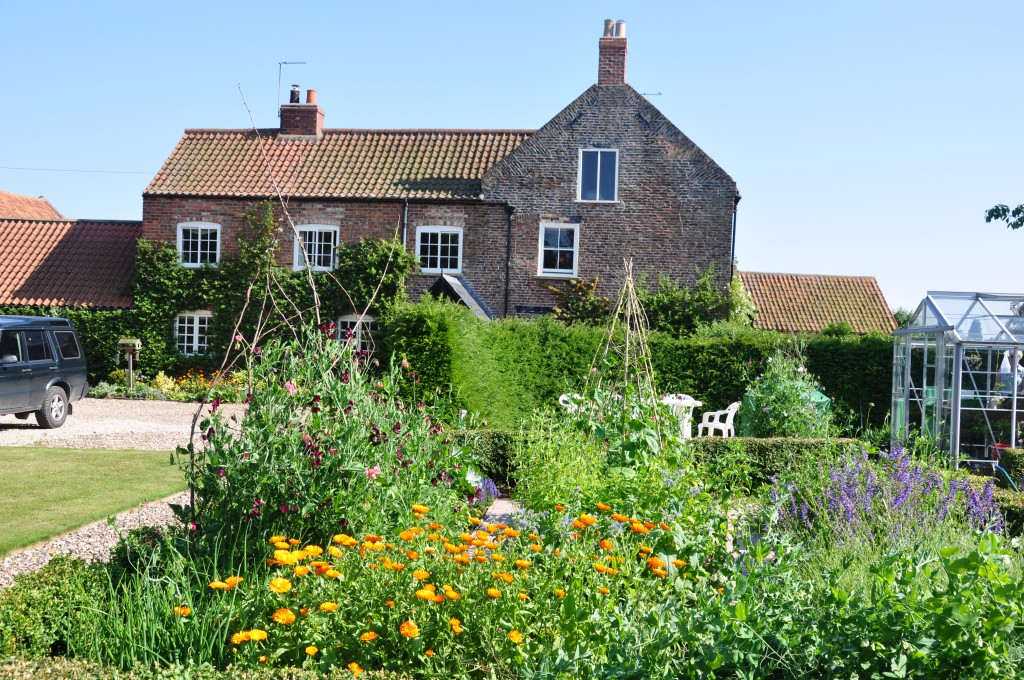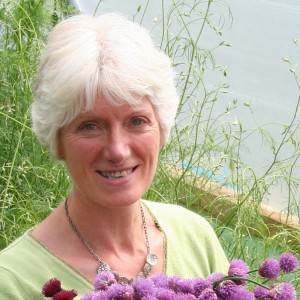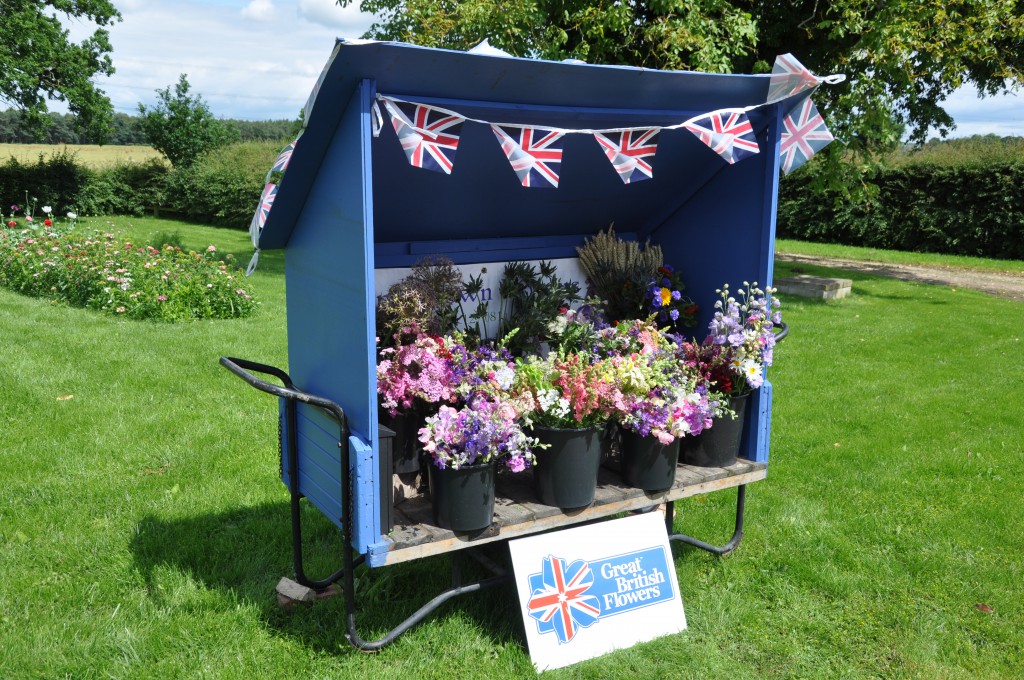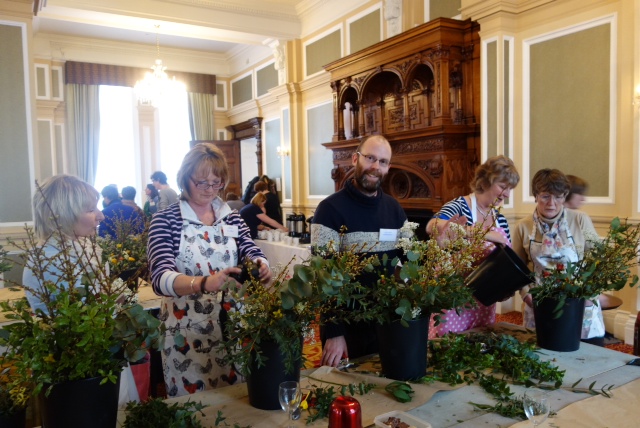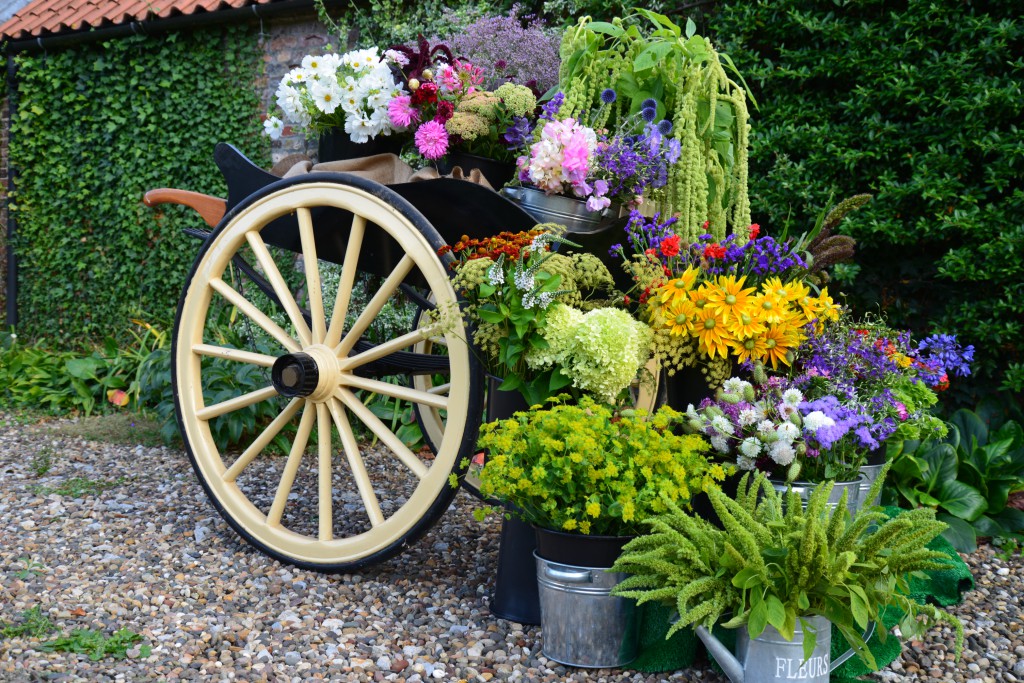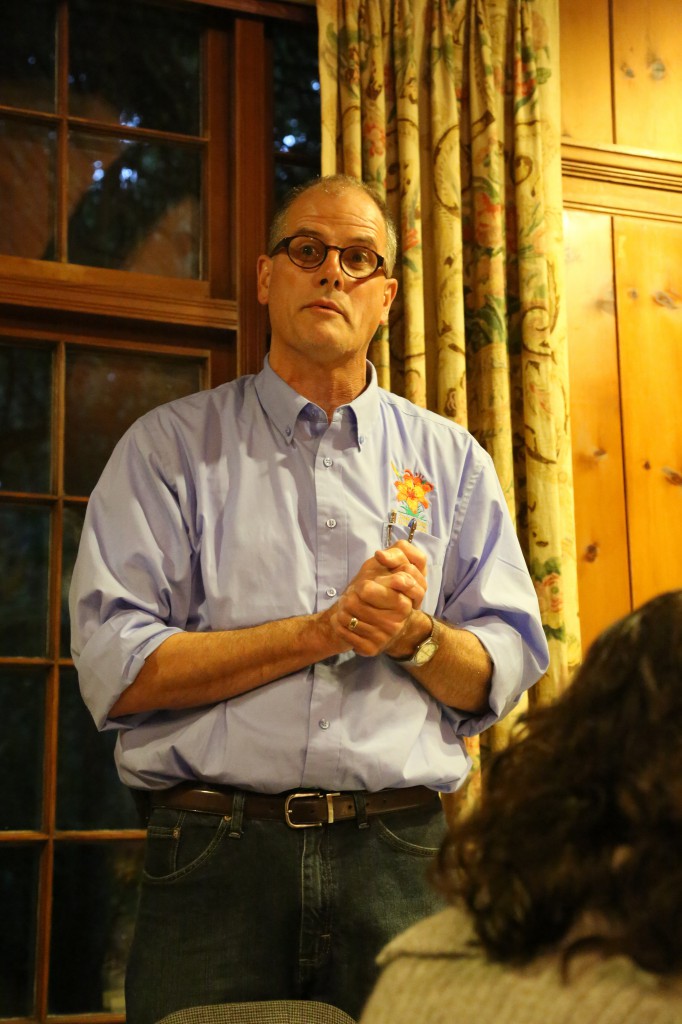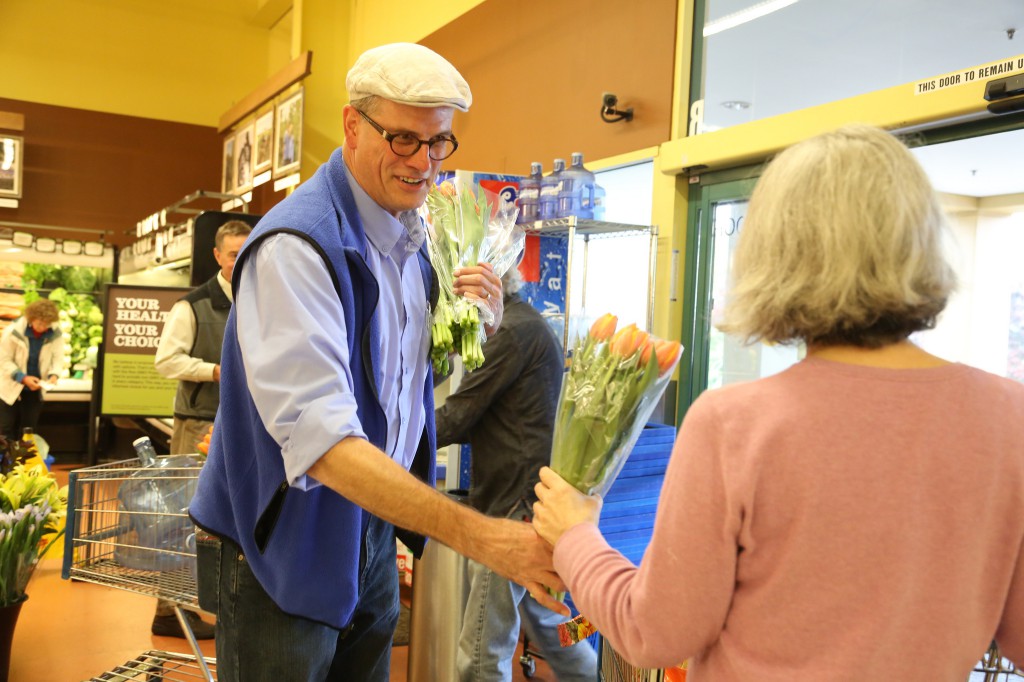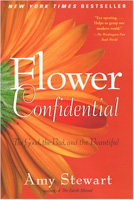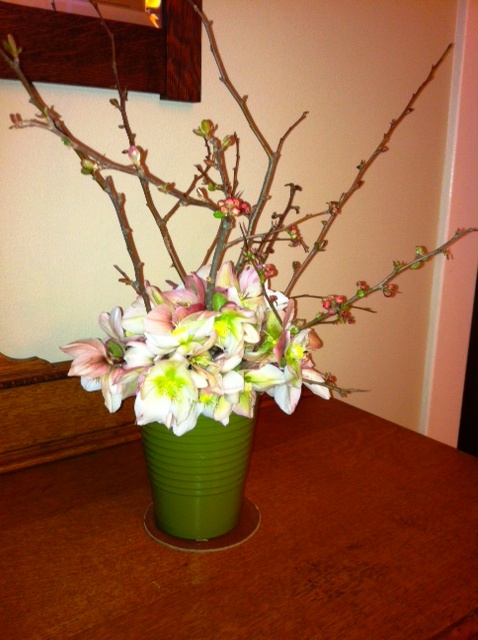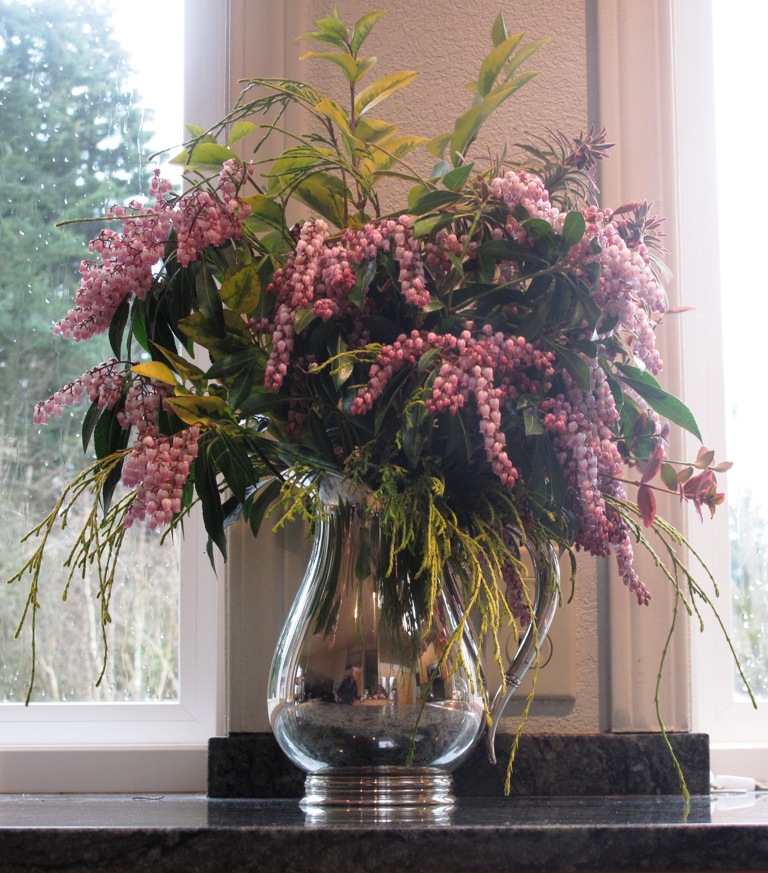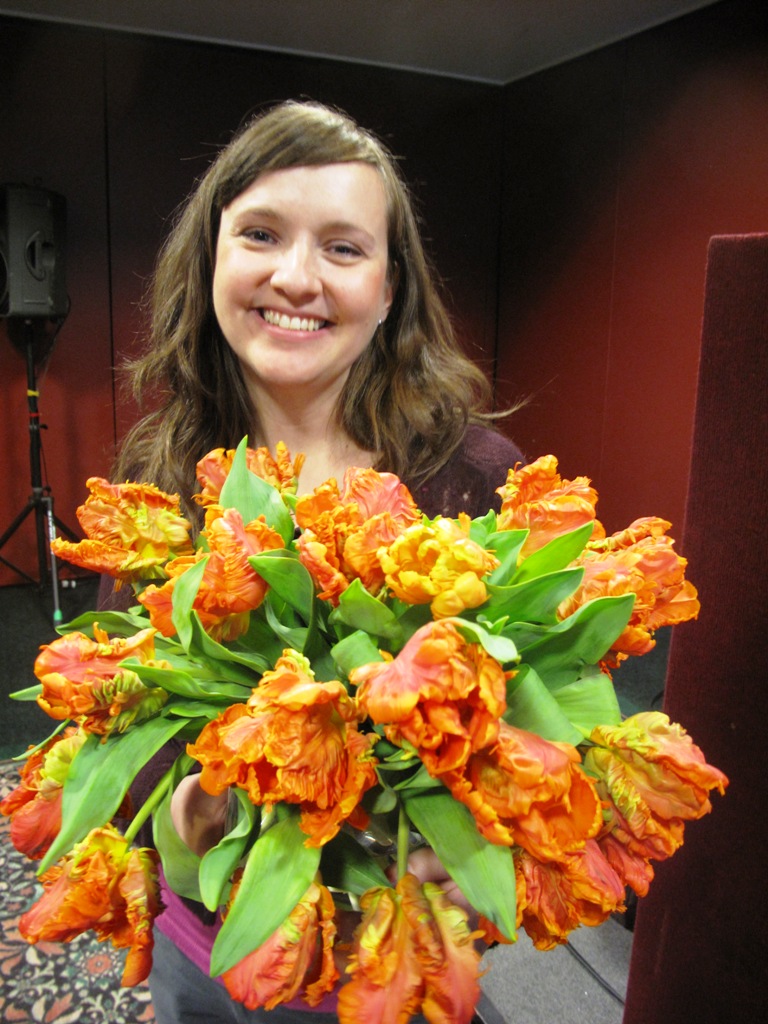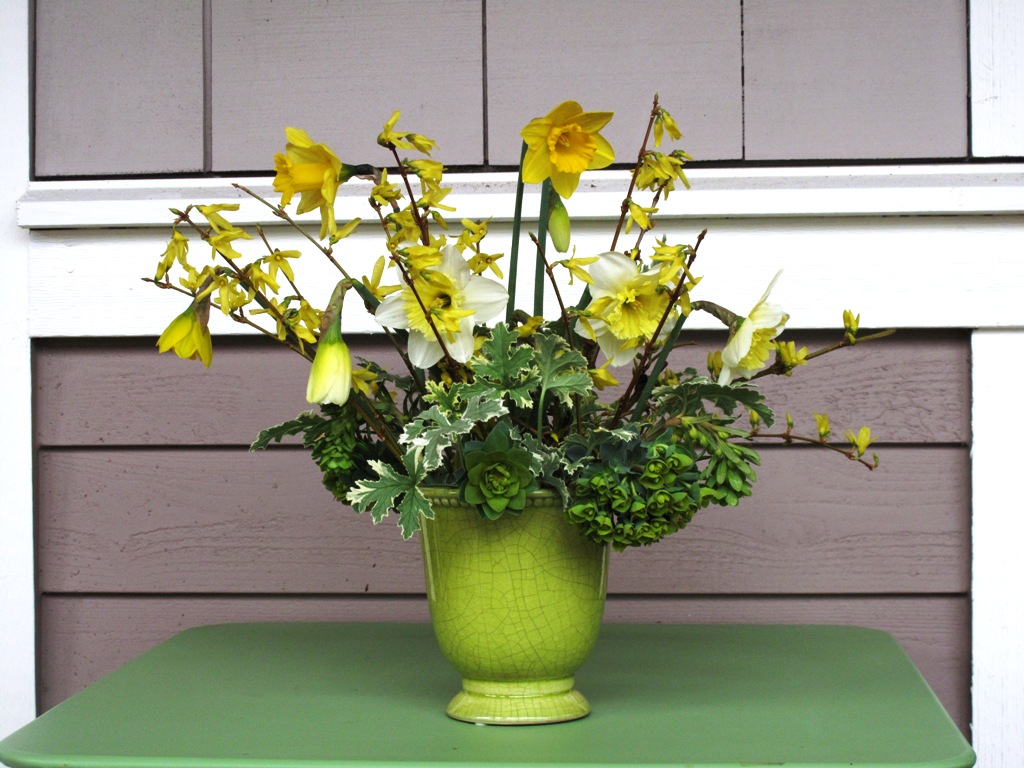Podcast: Play in new window | Download
Subscribe: Apple Podcasts | Podcast Index | RSS | More
I’ve lots to share with you, so before introducing today’s episode, let me jump right into the Flower News of the Week:
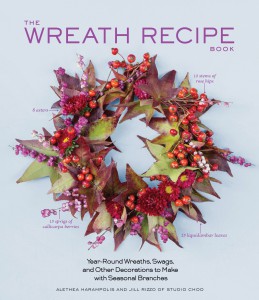 First off, the winner of our drawing for a free copy of Alethea Harampolis and Jill Rizzo’s beautiful new project, The Wreath Recipe Book, is Jen Beck, a professor, nonprofit consultant, and artist based in Austin, Texas.
First off, the winner of our drawing for a free copy of Alethea Harampolis and Jill Rizzo’s beautiful new project, The Wreath Recipe Book, is Jen Beck, a professor, nonprofit consultant, and artist based in Austin, Texas.
Thanks to the people at Artisan Books for sending this info-packed prize her way- and thanks to everyone who took the time to comment about their favorite seasonal and local wreath ingredients.
Next, I am so pleased to announce that flower farmer Sid Anna Sherwood of Annie’s Flower Farm in Sequim, Washington, reached her funding goal for an interest-free loan via an innovative nonprofit program called Kiva. When I posted a bonus interview with her on October 29th, Sid Anna she still needed to raise close to three-quarters of her goal.
Thanks to listeners of the Slow Flowers Podcast and to the amazing way that news spreads on Facebook, that huge amount of money – more than $7,000 of crowd-lending, was raised in 9 days! Every penny will be paid back over the course of three years and Sid Anna’s customers will continue to benefit from her lovely local flowers, grown on a new piece of leased farmland on Washington’s Olympic Peninsula.
I also want to give my personal congrats to two previous guests of the Slow Flowers Podcast. First, to Erin Benzakein, owner of floret flowers, for being one of the winners of Martha Stewart’s American Made Awards, given to her in person by Martha this week in NYC. Bringing local and domestic flowers to the consciousness of Martha’s followers is super important. I hope this award inspires everyone to think about the origins of their flowers and the people who grow and design with them.
Next, a huge shout-out to Farmgirl Flowers and creator Christina Stembel for reaching their 4th anniversary this week. Stay strong and flourish, my friend!
Earlier this week, I received a wonderful email from Slowflowers.com members Kay Studer and Susan Studer King of Buckeye Blooms in Elida, Ohio. We recently met in person at the ASCFG Conference and they thoughtfully followed up to tell me about a recent effort to reach out to potential bridal customers. After their consultation, Susan and Kay sent her a note like this one:
We hope you have had a great fall so far and that plans for your wedding are proceeding smoothly!
We just wanted to follow up with you to confirm if you would like to contract our flowers and design services for your wedding. We are planning our spring flower crop now and are actually able to custom-grow flowers exclusively for you! As both a flower farm and a floral design studio, Buckeye Blooms is able to provide the very freshest, sustainably-grown flowers possible for your special day. We offer numerous varieties of flowers not available to traditional florists, which means your bouquet will be unlike any other!
Whether you decide to go with Buckeye Blooms or not, we do hope you will consider requesting seasonal, locally-grown or at least domestically-grown flowers for your bouquets. Incredibly, over 80% of flowers used by traditional florists are imported–primarily from Ecuador and Colombia where environmental and human health regulations are lax (I–Susan– used to live in Ecuador and can tell you stories of what I saw….).
Seasonal, locally-grown flowers arrive to you fresher and more fragrant, plus you help to support local farmers and the local economy. You can learn more about the local flower movement at fieldtovase.com and slowflowers.com.
We have found that brides love telling their guests that their flowers were grown in Ohio and came a field not far away– and that they know the farmer that grew them. This can really add a special, personal touch to your wedding day.
Educating consumers about their choices in flowers is something we are passionate about, so whatever you decide we do hope you will consider locally-grown flowers!
This is worth a hip, hip, hooray – Buckeye Blooms, I love your efforts at outreach and education. I know that it will inspire other flower farmers to convey similar messages to their existing and potential clients. Many thanks for your leadership in the Slow Flowers Movement!
Today’s guests are none other than Jennie Love of Love ‘n Fresh Flowers in Philadelphia, and her friend, fellow designer and frequent flower customer Sullivan Owen of Sullivan Owen Floral & Event Design, also of Philadelphia.
The two shared the stage at ASCFG last month in a packed ballroom where they designed with gorgeous local flowers and discussed their craft in a talk called “Design Basics.”
Even though this interview is audio-only, I believe what you’ll hear will stimulate you to think about floral design and seasonal and locally-grown flowers in a new way.
Sullivan and Jennie have a lot to share and even their casual asides are packed with juicy information that will help you in your own floral business, be it growing, designing – or both!
Here’s a little more about them both:
Owner and creative director at Love ‘N Fresh Flowers, Jennie Love is a trained professional horticulturist and an experienced, life-long farmer.
Jennie has led numerous workshops over the past five years, including the sold-out Seasonal Bouquet Project LIVE series and classes for Longwood Gardens’ Floral Design Certificate program.
She has also presented to many garden clubs and other groups throughout the Mid-Atlantic area.
A charismatic and passionate flower farmer, Jennie found her natural niche as a ‘farmer florist’ for wedding and event design, becoming a recognized leader of the local flower movement.
She was recently featured in the New York Times for her farm-to-centerpiece efforts. Her distinctively lush and textural floral designs have been used in hundreds of weddings as well as for numerous photo shoots, magazines, style blogs and books. Jennie is a board member for ASCFG and write a regular column for The Cut Flower Quarterly.
Sullivan Owen is the owner and creative director of Sullivan Owen Floral & Event, her eponymous floral design studio, located in Philadelphia, Pennsylvania.
She is sought after for her lush and fashion-forward style, and is a trendsetter whose work is regularly featured in wedding publications, and most recently in Martha Stewart Weddings. Her business acumen and background in marketing and branding have made her just as passionate about running an excellent business as she is about creating gorgeous designs. She loves working with the best flowers available and loves to get to know the growers behind the amazing products they cultivate.
If you haven’t started following Jennie or Sullivan on their various social platforms, you can follow them at these links:
Next week’s guest is event designer Emily Ellen Anderson of Lola Creative in Seattle. Then, you’ll hear another presentation recorded at the ASCFG Conference. . . so I promise lots of good stuff in the coming weeks.
On another note, a few weeks ago I dedicated an episode to a little girl named Shylah who faced many challenging health issues. Blessedly, your prayers, thoughts, meditations and good wishes have been felt. She’s out of the hospital and back at home. And while there are months and months of treatment ahead, everyone around Shylah feels optimistic about her recovery. Among others, this floral tribe has gathered around her and I thank you for sharing in my best wishes for this little one’s swift road to good health.
Listeners like you have downloaded the Slow Flowers Podcast more than 25,000 times. If you like what you hear, please consider logging onto Itunes and posting a listener review.
My personal goal is to put more American grown flowers on the table, one vase at a time. I promise that when you tune in next week, you’ll hear another insightful and educational episode of the Slow Flowers Podcast.
The Slow Flowers Podcast is engineered and edited by Andrew Wheatley and Hannah Holtgeerts. Learn more about their work at hhcreates.net.









